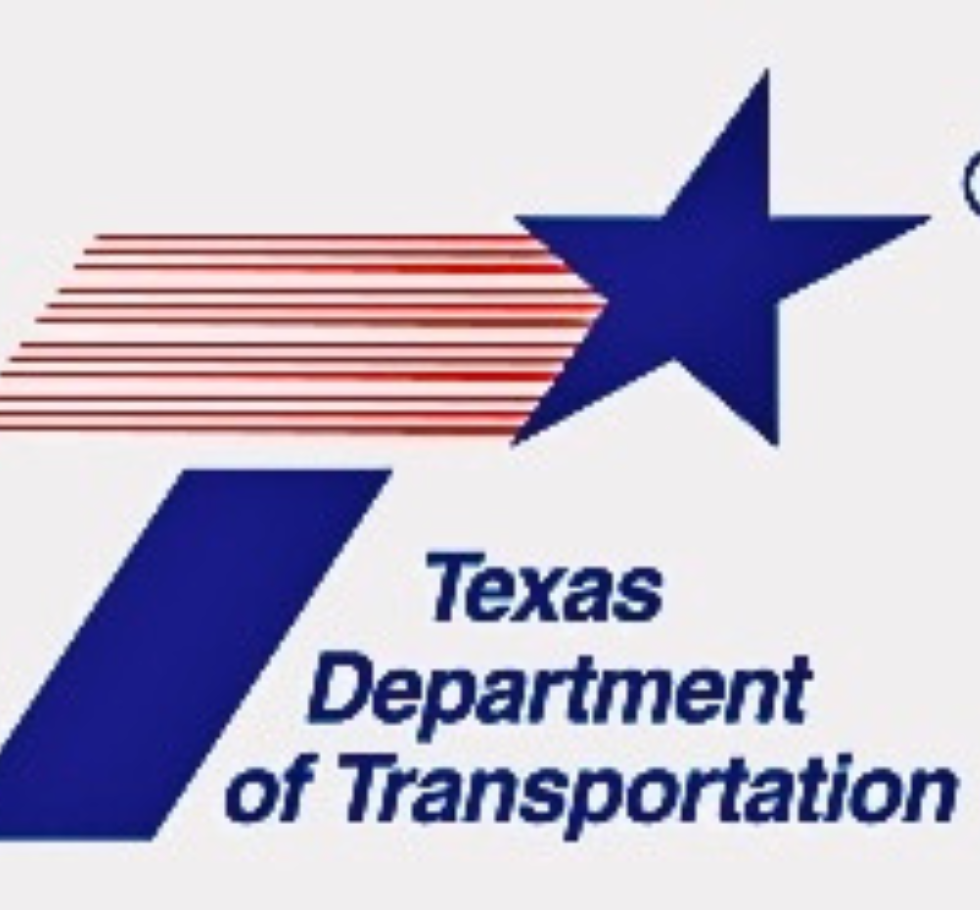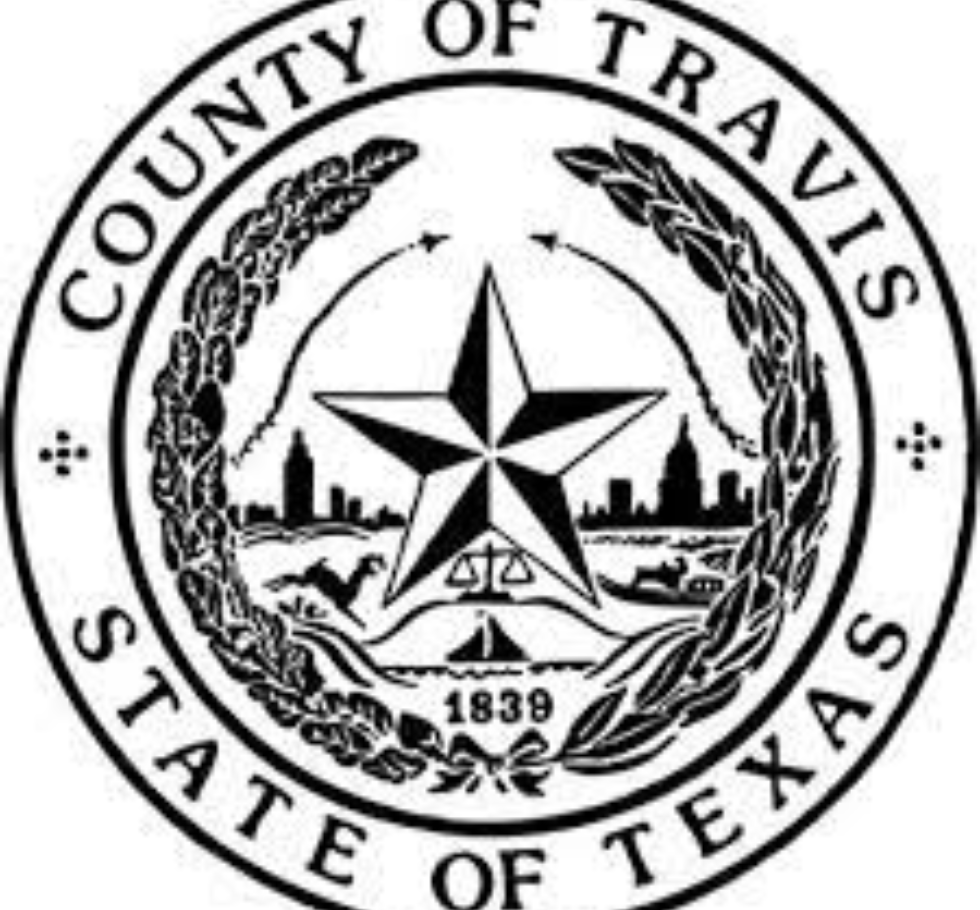Tolls vs. Taxes: Evaluating Funding Mechanisms for Infrastructure
Funding infrastructure remains a critical challenge for governments worldwide. As populations grow and urbanization accelerates, the demand for well-maintained roads, bridges, public transit, and other essential infrastructure increases. Two primary mechanisms for funding these projects are tolls and taxes. Each approach has its advantages and disadvantages, impacting not only the financial aspects but also the public’s perception and usage patterns. This article explores the pros and cons of tolls versus taxes as methods for infrastructure funding.
Understanding Tolls and Taxes
Tolls are direct charges levied on users of specific infrastructure, such as highways, bridges, or tunnels. These fees are typically collected at entry points or through electronic systems and are intended to cover the costs of construction, maintenance, and operation of the infrastructure.
Taxes, on the other hand, are indirect charges collected from the general population through various means, such as fuel taxes, sales taxes, property taxes, or income taxes. The revenue generated from taxes is allocated to fund a broad range of public services, including infrastructure projects.
Pros of Tolls
- User Pays Principle: Tolls adhere to the “user pays” principle, ensuring that those who use the infrastructure contribute directly to its costs. This can be seen as a fairer approach since non-users are not burdened with the expenses.
- Dedicated Funding Source: Tolls provide a dedicated revenue stream for specific infrastructure projects. This can enhance financial planning and ensure that funds are available for maintenance and improvements without relying on broader tax revenues.
- Demand Management: By imposing a cost on usage, tolls can help manage demand and reduce congestion. Variable toll rates can incentivize off-peak travel or the use of alternative routes, leading to more efficient infrastructure utilization.
- Transparency and Accountability: Since toll revenues are earmarked for infrastructure, there is greater transparency in how the funds are used. This can increase public trust and support for tolling projects.
Cons of Tolls
- Equity Concerns: Tolls can disproportionately affect low-income individuals who may rely on specific infrastructure for their daily commute. This can create financial burdens and limit access to essential services.
- Administrative Costs: Implementing and maintaining toll collection systems can be expensive. Costs associated with toll booths, electronic systems, enforcement, and administration can reduce the net revenue available for infrastructure.
- Traffic Diversion: High tolls may lead drivers to seek alternative routes, potentially increasing traffic congestion on secondary roads and causing unforeseen wear and tear on local infrastructure.
- Public Opposition: Tolls are often unpopular with the public, especially if perceived as a new or increased cost. This can lead to political resistance and challenges in securing approval for tolling projects.
Pros of Taxes
- Broad Revenue Base: Taxes provide a substantial and stable source of revenue that can be allocated to various infrastructure projects. This broad base allows for comprehensive planning and development of multiple sectors simultaneously.
- Equitable Distribution: Tax funding can be structured to distribute costs more evenly across the population, reducing the financial burden on specific user groups and promoting social equity.
- Administrative Efficiency: Collecting taxes is generally more efficient than managing multiple toll systems. Established tax collection mechanisms can handle large volumes with lower per-unit administrative costs.
- Flexibility in Allocation: Governments have the flexibility to prioritize infrastructure projects based on broader economic and social needs rather than being restricted to projects that generate direct toll revenue.
Cons of Taxes
- Indirect Funding: Taxes do not directly link infrastructure funding to usage. This can lead to inefficiencies, as funds collected from non-users support infrastructure projects that primarily benefit others.
- Political Constraints: Tax increases or reallocations often face significant political hurdles. Public resistance to higher taxes can limit the ability of governments to secure necessary funds for infrastructure.
- Lack of Transparency: When infrastructure funding comes from general taxes, it can be challenging for taxpayers to see the direct impact of their contributions. This lack of transparency can reduce accountability and public support.
- Inefficient Allocation: Without the direct linkage to usage, tax-funded projects may suffer from misallocation or underfunding. Prioritization may be influenced by political considerations rather than actual infrastructure needs.
Balancing Tolls and Taxes for Optimal Infrastructure Funding
Neither tolls nor taxes offer a perfect solution for infrastructure funding. The optimal approach often involves a combination of both mechanisms, tailored to the specific needs and context of a region.
Integrating Tolls and Taxes: By combining tolls and taxes, governments can balance the fairness and user responsibility of tolls with the broad-based revenue and equity of taxes. For example, essential infrastructure like local roads might be funded through taxes, while major highways or bridges could implement tolls to directly charge users.
Dynamic Pricing Models: Utilizing advanced technologies, toll systems can adopt dynamic pricing to adjust fees based on demand, time of day, or congestion levels. This approach maximizes revenue while managing traffic flow effectively.
Tax Incentives and Rebates: Governments can offer tax incentives or rebates to mitigate the impact of tolls on low-income users, ensuring that infrastructure funding remains equitable and accessible.
Public-Private Partnerships (PPPs): Engaging private entities in infrastructure projects can complement toll and tax funding. PPPs can leverage private investment and expertise, reducing the financial burden on public budgets and accelerating project completion.
Conclusion
Funding infrastructure is a complex challenge that requires careful consideration of economic, social, and political factors. Tolls and taxes each offer distinct advantages and face particular drawbacks. A hybrid approach leveraging both mechanisms ensures sustainable infrastructure funding, meeting population needs effectively.













